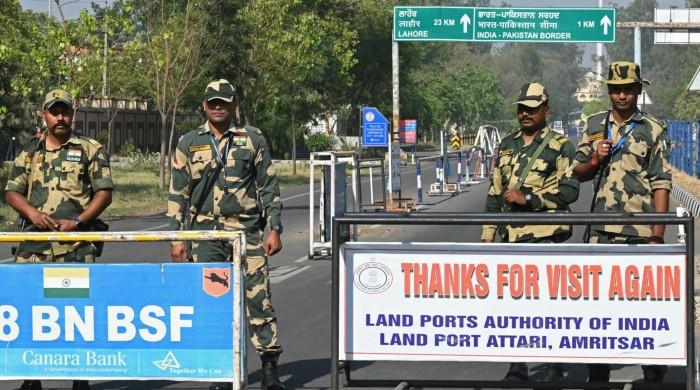India’s Military Readiness in Question Amid Rising Tensions
Despite significant military upgrades and new defense partnerships since its 2019 conflict, specialists suggest India’s armed forces remain inadequately prepared for a potential confrontation. This assessment comes amid increased volatility in the region.
A report highlighted the challenges India faces. It revealed that during the last escalation between India and Pakistan, critical shortcomings were exposed within India’s military. The issues included outdated equipment and an unwieldy structure, hindering its ability to effectively address border threats.
Following the downing of an Indian fighter jet by Pakistan in 2019, India accelerated its modernization efforts. Prime Minister Narendra Modi has since directed billions towards military investments, promoting domestic defense production, and seeking new international arms suppliers.
The efficacy of these measures may soon face a critical test.
Recent tensions have escalated following a deadly terrorist attack in IIOJK, which India links to Pakistan, bringing the two nations closer to potential conflict. India has threatened to disrupt the flow of a major river system into Pakistan, a measure never before taken, even during previous wars.
Pakistan has denounced the water threat as an “act of war” and denies involvement in the Kashmir attack.
The killing of over two dozen tourists in a recent attack has increased pressure on PM Modi to respond forcefully. Analysts are concerned about a prolonged standoff, especially given the breakdown in diplomatic relations and the distraction of global powers by other crises.
Analysts also suggest that India might be cautious, as a conflict could reveal ongoing weaknesses in its military transformation.
A 2018 parliamentary review indicated that much of India’s military hardware was outdated, with only a small fraction considered state-of-the-art. An update five years later showed limited progress in rectifying these deficiencies.
Although the percentage of advanced equipment nearly doubled by 2023, it still falls short of the requirements for a modern military force, with over half of the equipment still classified as old.
Experts believe these limitations might push Modi towards more precise actions, such as targeted airstrikes or special operations near the border, to satisfy public demands while minimizing the risk of escalation. Pakistan has pledged to retaliate against any Indian incursion.
While public sentiment might encourage Modi to act, India’s democratic system may also compel him to prevent the situation from escalating beyond control.
In Pakistan, the military, a long-standing power, could exploit a growing confrontation for internal advantages due to its relatively unconstrained leadership.
India is confident in its ability to defeat Pakistan’s military. Should this claim be tested, China will be closely observing.
In recent years, China has become a primary concern for India due to border disputes, especially after a violent clash in the Himalayas in 2020 and reported Chinese intrusions. Indian military leaders are preparing for a potential two-front war, which is straining resources.
The 2020 clash followed Pakistan’s downing of an Indian jet. Dushyant Singh, from the Centre for Land Warfare Studies, noted that this event served as a crucial warning for the Indian military.
Since then, India has sought various methods to address its military gaps, including deploying missile defense systems from Russia, and acquiring fighter jets from France, as well as drones, helicopters, and missiles from the United States.
India is also investing heavily in domestic military production to secure its long-term defense capabilities.
“Our war stamina has to be of a nature which has to go beyond our existing capabilities,” Singh stated.
“These will not give you results just overnight. They will take some time,” he added, referring to the modernization efforts.
Analysts note that the hurdles in modernizing India’s military are multifaceted, involving bureaucratic, financial, and geopolitical factors.
Modi has aimed to simplify defense procurement and improve coordination among forces, which has been challenging. The death of a key general in 2021, who was tasked with military streamlining, further complicated these efforts.
India’s economy is now among the world’s largest, providing increased resources for the military. However, defense spending remains under 2% of its GDP, which experts consider insufficient given the nation’s extensive needs.



Comments (0)
No comments yet. Be the first to comment!
Leave a Comment